
Upcycle to Create Unique Containers For Your Garden
Last Updated: Apr 11, 2025Gardening and homesteading, in general, have exploded in popularity in the past few years. Container gardening works for most people wanting to grow flowers, herbs, and vegetables because you don't need a sprawling yard. You can plant in pots and enjoy the blossoms and the bounty. Container and balcony gardens are also an affordable and easy way to boost your curb appeal.
When choosing containers for plants, most gardeners end up with lots of terra cotta pots. But you can transform just about anything into a funky and fun vessel for edibles, flowers, and other plants. Channel your inner zero-waste eco-warrior and take a good look around your basement, garage or storage shed to find items that are perfect for planting. You can use everything from old suitcases to shoe organizers to children's rain boots.
Here's how to repurpose items into unique, sustainable garden containers.
Table of Contents
- What Are the Advantages of Using Repurposed Items as Garden Containers?
- What Materials Should Garden Containers Be Made Of?
- What Are the Best Garden Container Shapes?
- How Deep Should a Garden Container Be?
- What Items Work Well as Garden Planters?
- How Should You Prepare an Item to Become a Garden Container?
- Where Can You Buy Unique Items That Make Good Containers if You Don't Already Have Any?

What Are the Advantages of Using Repurposed Items as Garden Containers?
Finding ways to reuse things we already have is a big step towards living a more earth-friendly life since we won't be tossing things that end up in a landfill somewhere. Most of us end up with garages, basements, and storage sheds full of items that we don't know what to do with. Why not put them to use in the yard?
Shopping in and around your own house also means you're saving the money you would have spent buying new pots. Plus, using non-traditional containers can add some flair to your garden.

What Materials Should Garden Containers Be Made Of?
In her recently published book, Complete Container Herb Gardening, garden designer Sue Goetz suggests various materials that work as containers for herbs and other plants. Generally, anything that holds soil and has holes for water to drain away will work. Some good choices include containers made of terra cotta, earthenware, concrete, and cast stone.
Metal containers – including galvanized, zinc, steel, and cast iron – are very sturdy and resistant to freezing temperatures, so you can use them season after season. They will rust over time unless you're using galvanized containers. Metal also offers different looks depending on whether you prefer a contemporary or traditional vibe in your garden.

However, one thing to watch out for is that big metal planters can trap heat during the hot summer months. This can lead to overly warm soil that can then harm the plant's root systems. Goetz offers an excellent trick to offset this problem: Line the inside of your container with a waterproof material such as plastic bubble wrap, which will also insulate the soil. You can also use burlap grow bags. Just be sure not to block the drainage holes.
Because it's a natural insulator, wood gardening containers work nicely. Wood protects root systems in both hot and cold weather. Goetz recommends choosing planters made of sustainably sourced cedar, teak, or redwood – all will naturally resist decay.
Avoid softer woods like pine, which will start to break down after a few seasons. And don't use pressure-treated lumber, especially if you're growing edibles. The harmful chemicals can leach into your soil and plants.
Add a plastic or metal liner or a woven grow bag inside your wood planter to avoid potential rot. Elevate your wooden planter with pot feet or pieces of brick or paving stones, so it doesn't sit in water.
Gardening & Outdoor
Shop the best high-performing gardening and outdoor products that impact your health, wealth, and the planet through their use.
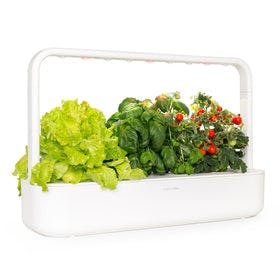
Click & Grow Smart Garden 9
Click & Grow
In Stock
3 Colors
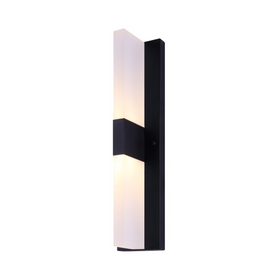
Canarm CORIN LED Black Outdoor Light
Canarm
Out of Stock
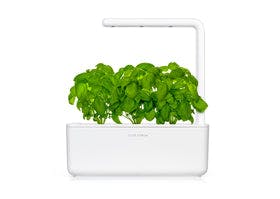
Click & Grow Smart Garden 3
Click & Grow
In Stock
3 Colors
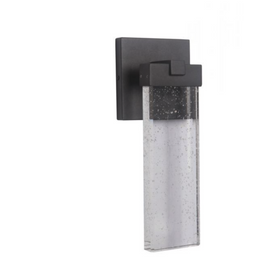
Craftmade Aria Outdoor LED Wall Mount Light
Craftmade
In Stock
2 Colors
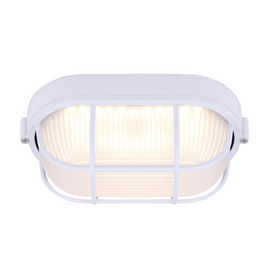
Canarm LOL386WH White LED Outdoor Sconce
Canarm
In Stock
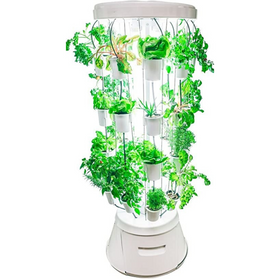
Nutritower Vertical Hydroponic Indoor Garden
Nutritower
Out of Stock
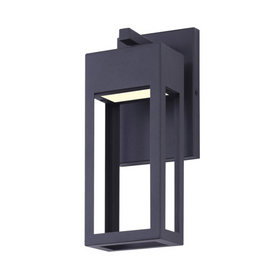
Canarm FAE LED Black Outdoor Light
Canarm
In Stock
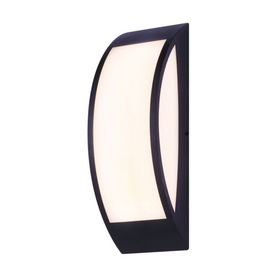
Canarm BARDO LED Black Outdoor Light
Canarm
In Stock
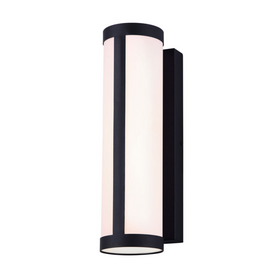
Canarm SINDRI LED Black Outdoor Light
Canarm
In Stock
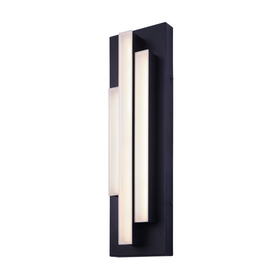
Canarm LOKI LED Black Outdoor Light
Canarm
In Stock
How Should You Prepare an Item to Become a Garden Container?
Make sure whatever object you choose has a hole for evaporation or drainage, suggests Goetz. You can drill or punch holes if it doesn't. If your item is dirty or rusty, you can clean it up, paint it or leave it as is and appreciate its patina.

Where Can You Buy Unique Items That Make Good Containers if You Don't Already Have Any?
If you don't have a stash of potential containers lying around, you can bet most people in your neighborhood do. You can find terrific and inexpensive items to repurpose as garden containers at flea markets, garage sales, and online marketplaces. Keep an eye on the curbs before garbage or recycling pickup days: many people put things out for collection that would work well in your backyard.
There are no rules for container gardening. The only limiting factor is your imagination, so have some fun.
Wendy Helfenbaum
Wendy Helfenbaum is a Montreal-based journalist and TV producer whose work has appeared in many outlets including Apartment Therapy, Metropolis, Architectural Digest’s AD Pro, AARP, Costco Connection, Country Gardens, Realtor.com, Style at Home, Canadian Living and many more. Follow her @WendyHelfenbaum



